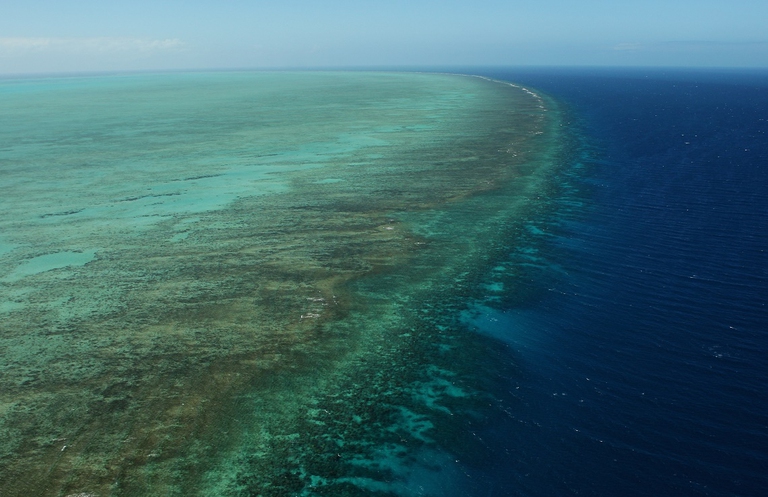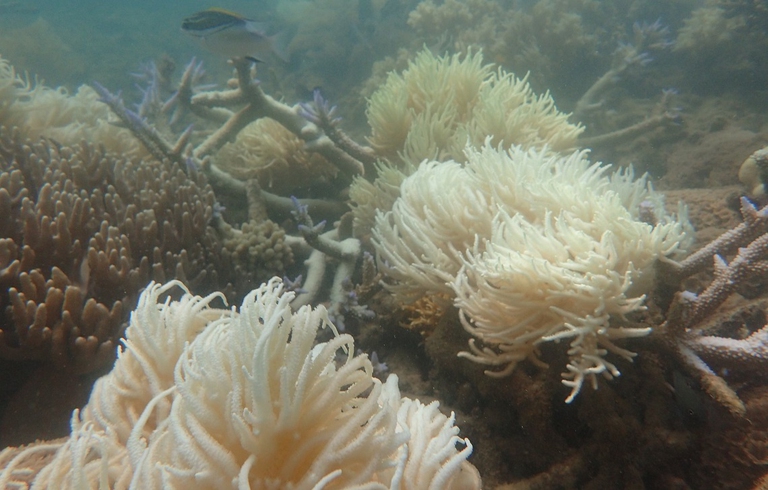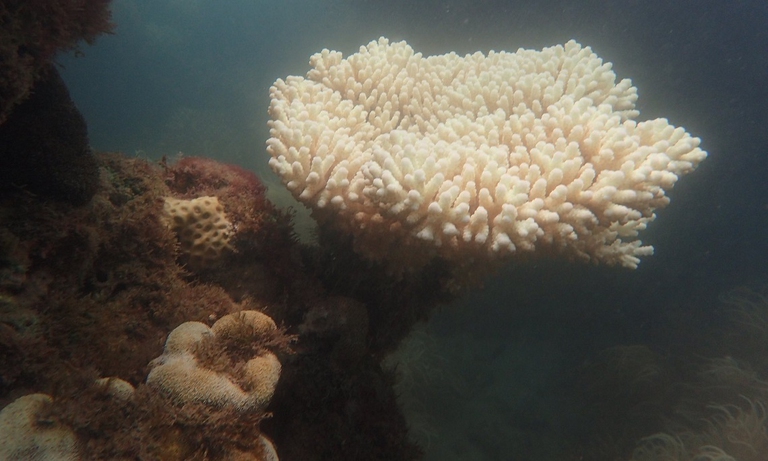
The Amazon became an alternative classroom during the pandemic. Now, the educational forest in Batraja, Bolivia, lives on to teach children and adults the value of nature.
Nuove foto scattate vicino a Palm Island documentano il fenomeno dello sbiancamento dei coralli che minaccia la sopravvivenza di questo straordinario ecosistema.
Barrier reefs are magnificent constructions, actual living cathedrals built by tiny creatures – the polyps. The greatest example of these natural works of art is Australia’s Great Barrier Reef, which stretches for over 2,400 kilometres reaching a thickness of 150 metres. In just over 30 years, however, the Great Barrier Reef, which is home to thousands of different species, is likely to be reduced to eroding rubble.
Researchers suggest that coral reefs, which evolved throughout different geological eras, won’t survive human-related activities and will be the first ecosystems to go extinct in the modern age. As a matter of fact, corals in the Caribbean have decreased by 80 per cent.
One of the main causes of the accelerating decline of coral reefs is coral bleaching. The first evidence of bleaching has been recorded in the early 1990s and the phenomenon is estimated to intensify in connection with rising temperatures.
When water temperature rises, the symbiotic connection between corals and their dwellers – the zooxanthellae – breaks. Due to an unusual chemical reaction corals send away the zooxanthellae (which give corals their peculiar colour), and start becoming white, stop growing and, therefore, die.
The Australian Marine Conservation Society has documented a new bleaching near Palm Island and provided photographic material to UK newspaper The Guardian. According to the National Oceanic and Atmospheric Administration (NOAA), most of the Great Barrier Reef could face yet more severe bleaching in the coming month, as unusually hot temperatures have been registered off Eastern Australia. The Great Barrier Reef Marine Park Authority claimed that water temperature from Cape Tribulation to Townsville was 2 degrees warmer than the average of the period.
On the basis of NOAA’s predictions, the barrier reef could face higher risks of mortality in the coming month. Great Barrier Reef’s campaign director Imogen Zethoven said that “the 1 billion dollars reef fund announced by the Prime Minister, Malcolm Turnbull, in June last year was a cynical rebadging exercise undercut by its support for fossil fuel initiatives that will spell catastrophe for the reef. It’s immoral that those of us who are making our living from a healthy environment are paying taxes to subsidise infrastructure that’s going to cause climate change in a major way for the next 50 years,” he said. “If this all goes ahead, we’re basically dooming our tourism industry.”
Siamo anche su WhatsApp. Segui il canale ufficiale LifeGate per restare aggiornata, aggiornato sulle ultime notizie e sulle nostre attività.
![]()
Quest'opera è distribuita con Licenza Creative Commons Attribuzione - Non commerciale - Non opere derivate 4.0 Internazionale.
The Amazon became an alternative classroom during the pandemic. Now, the educational forest in Batraja, Bolivia, lives on to teach children and adults the value of nature.
A group of experts in Tokyo suggested pouring radioactive water from Fukushima into the open sea. A marine biochemist explains the consequences of this absurd decision.
Our species took its first steps in a world covered in trees. Today, forests offer us sustenance, shelter, and clean the air that we breathe.
The decline in grey and humpback whales in the Pacific and Atlantic Oceans has been traced to food shortages caused by rising ocean temperatures.
The United Nations has launched a major international alliance for ocean science, undertaking a mission close to all our hearts.
The cargo ship that ran aground off the coast of Mauritius on 25 July, causing incalculable damage, has split in two and its captain has been arrested.
Bangladesh suffered widespread damage as a result of Cyclone Amphan. Yet the Sundarbans mangrove forest acted as a natural barrier protecting the country from further destruction, as it has done countless times before.
On top of a 2.4 million dollar compensation, the indigenous Ashaninka people will receive an official apology from the companies who deforested their lands in the 1980s.
The largest coral reef in the world is severely threatened by climate change, but researchers are developing strategies that could contribute to saving the Great Barrier Reef.










